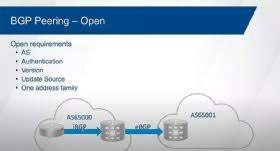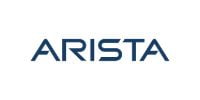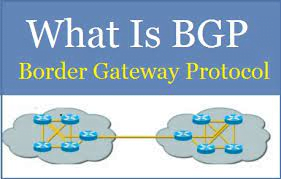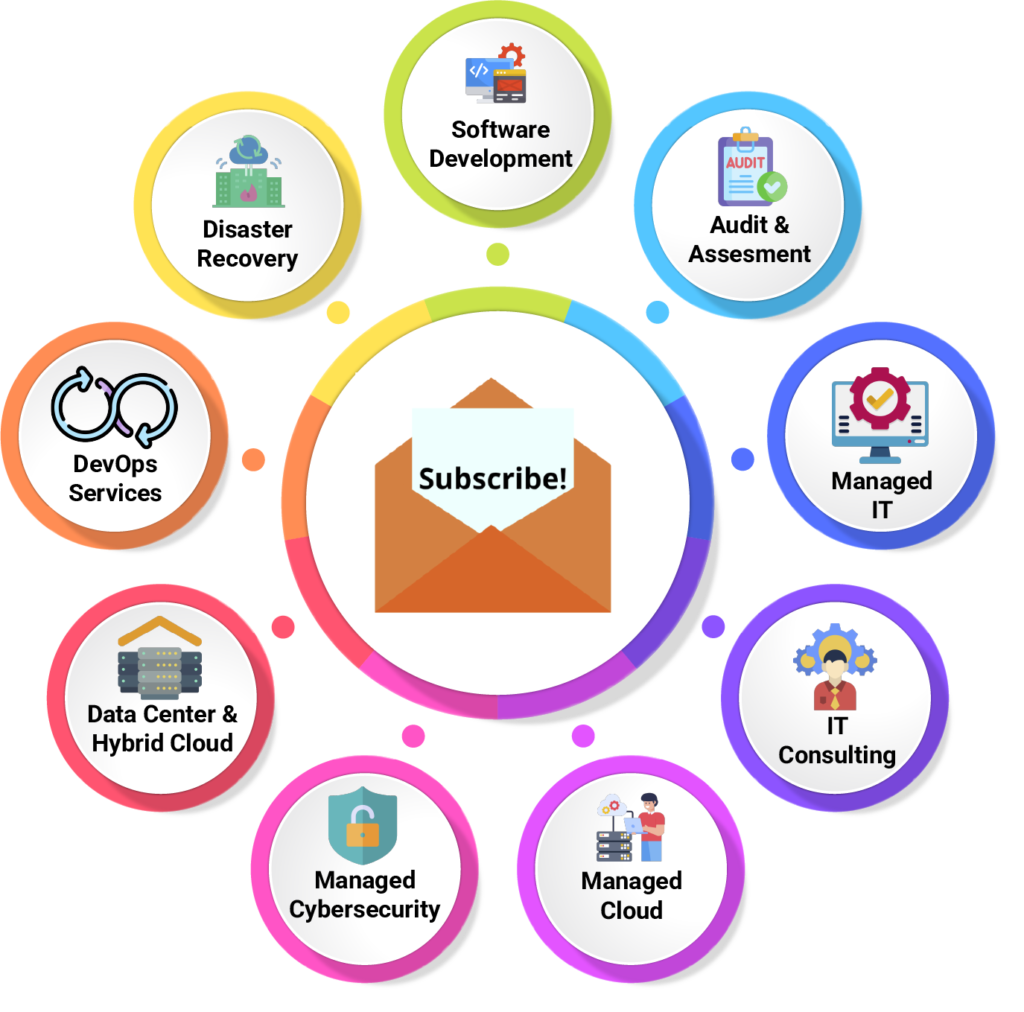It is an EGP protocol (it can form a neighborship between two AS’s). It is a path-vector routing protocol (it uses multiple attributes to select the best path). It is highly scalable than IGP (it can have lakh of routes in its BGP table). It is a reliable protocol because it uses TCP. It uses TCP port number 179 before established neighborship it has form TCP connection (three-way handshake process). It is more secure than any other routing protocol because all messages will travel on TCP protocol. It is a classless routing protocol. It supports manual summarization. Administrative distance IBGP-200, EBGP-20. BGP doesn’t support dynamic neighbor discovery. It supports only md5 authentication. BGP convergence is low as compared to IGP.
- More than one AS can’t be configured on a single router.
- BGP sends all types of packets as unicast.
Why do we use BGP?
IGP’s were developed for handling up to 1000 routes inside their routing table. Therefore, it can’t be implemented in a very large network. BGP can contain lakhs of routes inside their BGP table or routing table. We never use the default route in the ISP router to another ISP router. In IGP’s if any link (prefix) goes down then it affects to complete routing structure (topology). But in IGP, it does not affect other routers’ BGP tables. When we are a service provider or network size is very large.
Types of customers
Single homed customer
A single internet connection from ISP. Configuring BGP to a single homed customer is not recommended. configuring static default route in the direction of ISP and natting also.
Dual homed customer
Two internet connections from ISP. If we configure a default route on both connections then it will not perform load-balancing to utilize both connections, we use BGP in dual-homed customers.
Single multi-homed
In this, we must have two ISPs and customers must have at least one connection from each ISP. We can’t configure the default route, so we must configure BGP.
Dual-multi homed
In dual-multi homed we must have at least two ISP and two links from each ISP.
How many types of messages are in BGP?
- Open message – open message sends only once when neighborship comes up. Then after BGP will not send any BGP message. Open message will be used by BGP to exchange initial configuration between two BGP peers which are required to form BGP neighborship.

CONTENTS OF BGP
- Version 4
- Router-id
- Own As
- Hold down timer (180 sec.)
- Keep-alive – After exchanging open messages successfully between both routers, the router will start to send keep-alive messages periodically after every 60 seconds just to inform its neighbor that I am still alive. If any router does not receive a keep-alive message from its neighbor within 180 seconds (hold down timer) then the router will break down neighborship.
- Update – It is responsible to carry routes information. Update packet having some components.
PATH ATTRIBUTES – to select the best path some criteria are used.
PREFIX INFORMATION/ NLRI – Network layer reachability information.
WITHDRAWN ROUTES – The prefix that goes down.
- If any router has multiple prefixes and all prefixes attributes are the same then the router will generate a single update message.
- Notification – If peering goes down that it will generate a notification message and it will contain the cause of the problem.
In the next blog, we will discuss BGP neighborship states, attributes, and basic configurations.
Zindagi Technology is a leading IT consulting company in Delhi. We have successfully done lots of projects. We provide IT solutions like cyber security, planning, designing, and implementing of data centers, cloud-based services, and application development, etc. We can assist you in the deployment of IT, Enterprise, security, data center networks. You can ping us at +91-9773973971 you can also contact us through email.
Author
Lokesh Kumar
Associate Consultant







